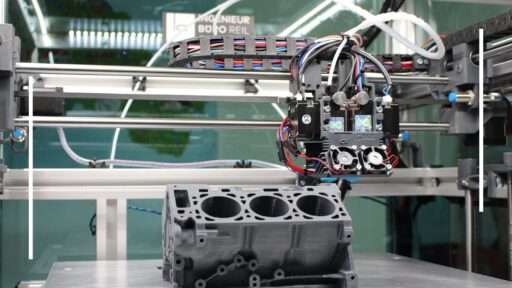What’s New in Revit 2023?
Revit 2023, the latest version of Autodesk’s popular software for architects, engineers, and building professionals, comes with several new features that can greatly benefit both students and working professionals. In this post, we will discuss some of the key new features in Revit 2023 and how they can help improve your career prospects.
Revit New Features and Benefits:
1. Revit Revamped New Dynamo 2.13
One of the major updates in Revit 2023 is the revamped version of Dynamo 2.13, a visual programming environment that enables users to build custom tools for Revit. This updated version includes several improvements, such as a new user interface, better performance, and new features that allow users to create more complex scripts. If you want to enhance your skills in Revit and take advantage of these new features, consider enrolling in a Revit architecture course. This new features can greatly benefit those who work on complex projects and need to create custom tools to aid in their workflow.
2. Filter Schedules by Sheet
Another new feature in Revit 2023 is the ability to filter schedules by the sheet. This feature can be incredibly useful for large projects with many sheets, as it allows users to easily find the schedules they need by filtering them based on the sheet they are placed on. This can save users a lot of time and make their workflow more efficient.
3. Views Placed on Sheet Gets New Icons
The project browser in Revit 2023 has also been updated with new icons for views placed on a sheet. This feature allows users to quickly identify which views are placed on sheets, making it easier to manage and organize project views. This can save users a lot of time and make their workflow more organized.
4. New Dynamo Player
Revit 2023 also introduces a new Dynamo Player, which is a standalone application that allows users to run Dynamo scripts without having to open Revit. This feature allows users to quickly test and run Dynamo scripts, which can be especially useful when working on complex projects.
5. Measure in 3D Views
Finally, Revit 2023 allows users to measure in 3D views. This feature allows users to measure distances, angles, and areas in 3D views, making it easier to get accurate measurements and improve project accuracy. This feature can be incredibly useful for those working on complex projects that require precise measurements.
Wrapping Up!
Revit 2023 is a powerful tool that comes with several new features that can greatly benefit both students and working professionals. These new features can help improve your workflow, increase your efficiency, and make your project management more organized. If you are interested in learning more about Revit and how it can help improve your career prospects, consider enrolling in a Revit architecture training course. With the right training, you can become proficient in Revit and take advantage of all its new features to advance your career. By enrolling in a Revit architecture training course at CADD Centre, you can harness these advancements to elevate your skills and career prospects in the field of building design.
What are some of the key new features in Revit 2023?
Revit 2023 introduces several notable features, including a revamped Dynamo 2.13 for custom tools, the ability to filter schedules by sheet, new icons for views on sheets, a new Dynamo Player for standalone script running, and the capability to measure in 3D views.
When did Revit 2024 come out? and is this available now?
To access Revit 2024 or AEC Collection 2024, you’ll need a subscription contract. The full installation of Revit 2024, version 24.0, was released on April 4th, 2023.You can get the updates for Autodesk Revit 2024 by downloading them from Autodesk Accounts or letting them download and install automatically through Autodesk Access.
What is the difference between Revit 2023 and 2024?
The difference between Revit 2023 and Revit 2024 lies in the new features and improvements introduced in each version. Revit 2023 may focus on AI-powered design tools and performance enhancements, while Revit 2024 could emphasize machine learning integration, collaboration upgrades, and user interface enhancements. For specific details, it’s best to refer to Autodesk’s official documentation or support channels.
Why is Revit better than CAD?
Revit is stronger than AutoCAD for big designs. Its automatic clash detection and seamless design change workflow are standout features. In Revit, any design changes made are instantly updated across all views of the model, simplifying collaboration among design teams.
What is the future of Revit?
Looking ahead, the integration of artificial intelligence, sustainable design and analysis, and cloud-based collaboration are key trends that will further solidify Revit’s role in shaping the future of architecture.





